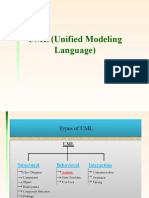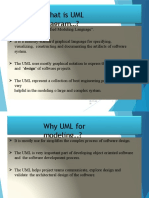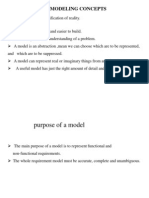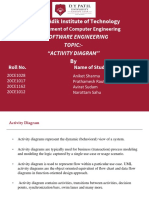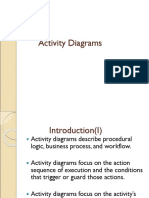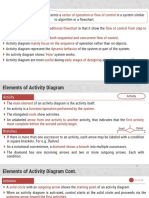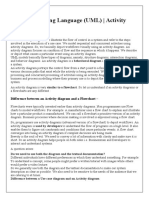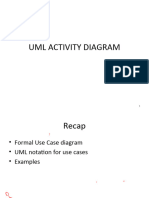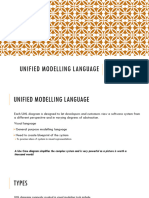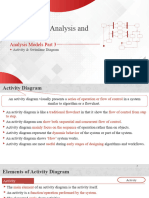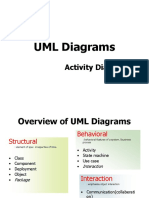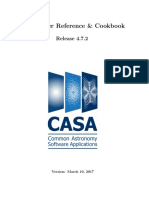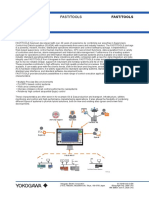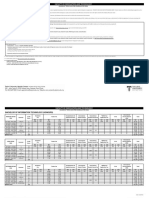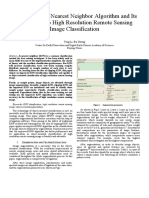0% found this document useful (0 votes)
38 views42 pagesWeek5 Lecture5 ActivityDiagram StudentVersion-2
Lecture 5 covers activity diagrams, detailing their purpose in modeling workflows and system behavior. It explains key elements such as actions, transitions, decision nodes, and the use of forks and joins, along with practical applications in real-world scenarios. The lesson also emphasizes the importance of correct UML notation and common mistakes to avoid when creating activity diagrams.
Uploaded by
supreme printersCopyright
© © All Rights Reserved
We take content rights seriously. If you suspect this is your content, claim it here.
Available Formats
Download as PDF, TXT or read online on Scribd
0% found this document useful (0 votes)
38 views42 pagesWeek5 Lecture5 ActivityDiagram StudentVersion-2
Lecture 5 covers activity diagrams, detailing their purpose in modeling workflows and system behavior. It explains key elements such as actions, transitions, decision nodes, and the use of forks and joins, along with practical applications in real-world scenarios. The lesson also emphasizes the importance of correct UML notation and common mistakes to avoid when creating activity diagrams.
Uploaded by
supreme printersCopyright
© © All Rights Reserved
We take content rights seriously. If you suspect this is your content, claim it here.
Available Formats
Download as PDF, TXT or read online on Scribd
/ 42
